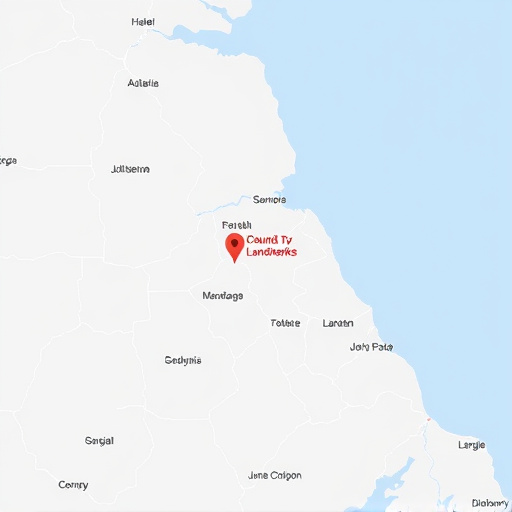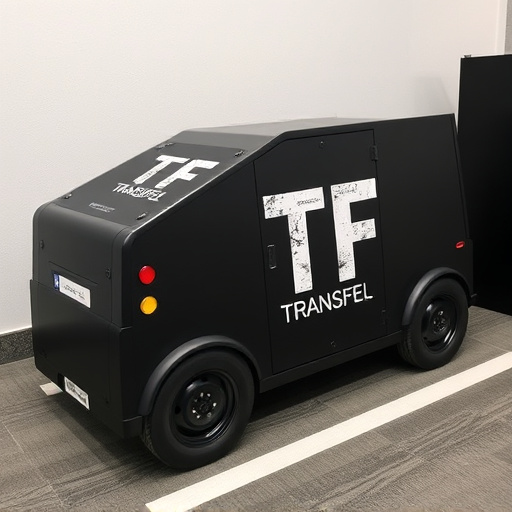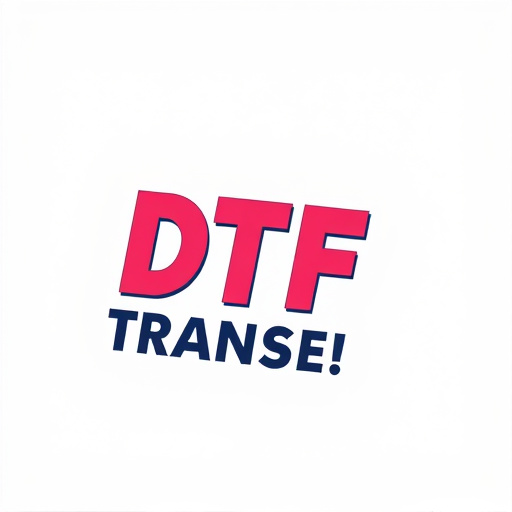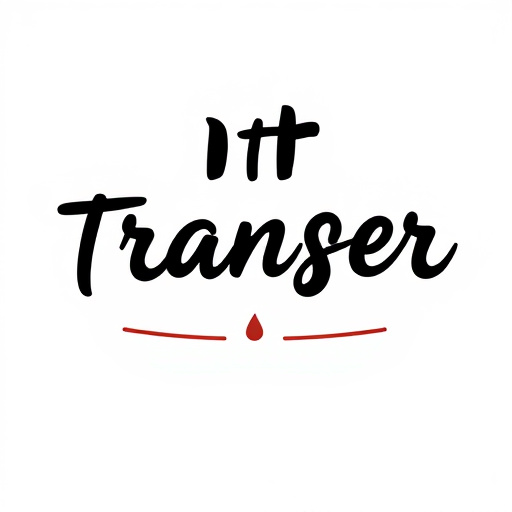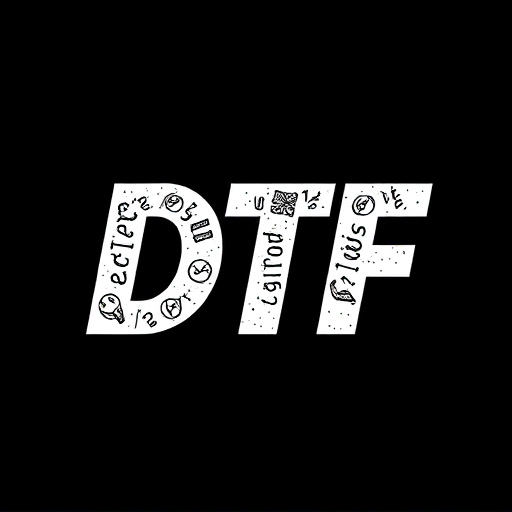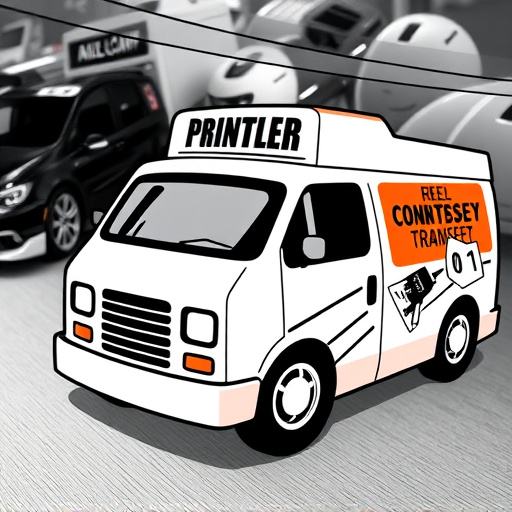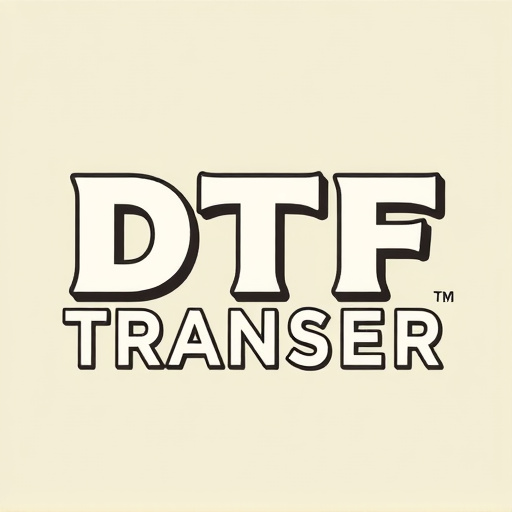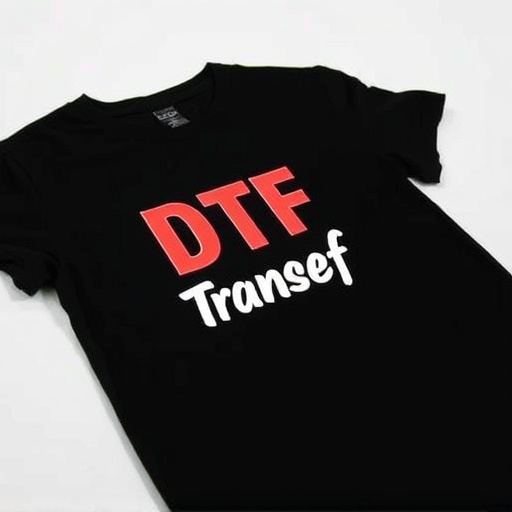Direct-to-film (DTF) transfers are a revolutionary technology enabling cost-effective and efficient conversion of digital content to film stock, eliminating intermediaries like digital files or printing plates. Suitable for art prints, marketing materials, experimental cinema, and fine art projects, DTF transfers deliver rich, vibrant images with precise color and texture reproduction. This method preserves original film grain, appealing particularly to independent filmmakers and small production houses. By streamlining processes and enhancing security, DTF transfers directly connect source to target without third-party involvement. Choosing the right DTF service provider is crucial; look for companies with an established track record, transparent pricing, and specific capabilities matching your needs. Despite myths, modern DTF transfers offer crystal clear reproduction of vintage film details without hidden costs or complex processes.
“Unleash the power of direct-to-film transfers (DTF) and revolutionize your filmmaking process. This cutting-edge method offers an efficient, cost-effective solution for transferring footage without additional preparation fees. In this comprehensive guide, we’ll explore the benefits and simplicity of DTF, demystifying its process and advantages over traditional methods. From understanding the technology to choosing the right provider, you’ll discover why DTF transfers are a game-changer for filmmakers. Get ready to enhance your workflow and elevate your visuals.”
- Understanding Direct-to-Film Transfers (DTF)
- Benefits of DTF Transfer for Filmmakers
- How DTF Works: A Step-by-Step Process
- Advantages Over Traditional Transfer Methods
- Choosing the Right DTF Service Provider
- Common Myths and Misconceptions About DTF Transfers
Understanding Direct-to-Film Transfers (DTF)
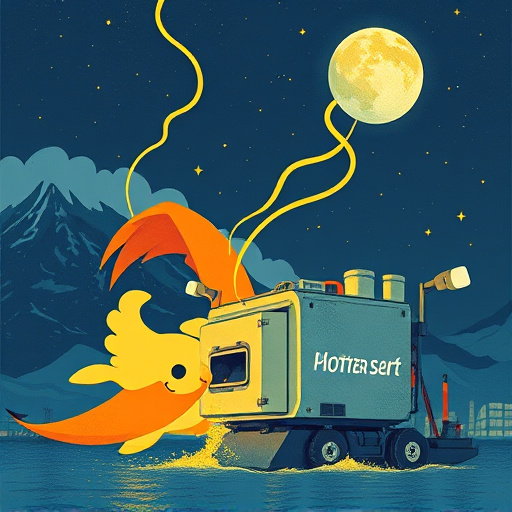
Direct-to-film transfers, often abbreviated as DTF Transfers, are a cutting-edge technology that allows for the seamless conversion of digital content directly onto film stock. This innovative process bypasses traditional intermediates, such as digital files or printing plates, offering a more efficient and cost-effective solution for various applications. By eliminating additional preparation charges, DTF Transfers make high-quality, on-demand film production accessible to a wider range of users, from independent filmmakers to marketing agencies.
This modern approach leverages advanced printers that can precisely reproduce complex digital data onto sensitive film emulsion. The result is a rich, vibrant image that captures the full spectrum of colors and textures originally intended for the screen or page. Moreover, DTF Transfers offer unparalleled versatility, catering to everything from creating limited-edition art prints and unique marketing materials to experimental cinema and fine art projects.
Benefits of DTF Transfer for Filmmakers

Direct-to-film (DTF) transfers offer a host of benefits for filmmakers looking to preserve and share their work efficiently. One of the key advantages is the elimination of additional preparation charges, which can significantly reduce production costs. This makes DTF an attractive option for independent filmmakers and small production houses with limited budgets.
Additionally, DTF transfers provide a straightforward and fast method for digitizing film footage. It eliminates the need for complex post-processing steps, resulting in a more efficient workflow. The process is designed to capture the original film grain and texture, ensuring that the digital copy maintains the artistic integrity of the source material. This level of authenticity is particularly appealing to filmmakers who prioritize preserving the unique aesthetic qualities of their films.
How DTF Works: A Step-by-Step Process

Direct-to-film (DTF) transfers offer a straightforward and cost-effective method for transferring content to film without incurring additional preparation charges. Here’s how it works, step by step:
1. Content Preparation: Begin with your digital file, whether it’s a video clip, image sequence, or animation. Ensure the file is of high quality and optimized for printing purposes, as any imperfections will be reflected in the final print. No additional editing or preparation fees are charged during this initial stage.
2. Film Format Selection: Choose the desired film format, such as 35mm, 16mm, or even larger formats like 70mm. The chosen format impacts image quality, resolution, and overall cinematic look. DTF services provide flexibility in selecting the appropriate film stock to match your creative vision without extra costs for this decision-making process.
Advantages Over Traditional Transfer Methods
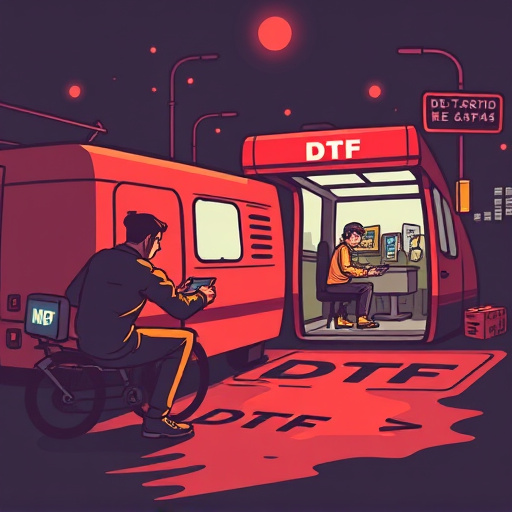
Direct-to-film (DTF) transfers offer several advantages over traditional methods, revolutionizing the way we handle data and media. Firstly, they eliminate the need for intermediate storage devices, such as hard drives or flash drives, which can be costly and prone to damage or loss. This streamlines the transfer process, making it quicker and more efficient.
Additionally, DTF transfers ensure a higher level of security and privacy. By transferring data directly from source to target without any third-party involvement, sensitive information remains protected from potential breaches or unauthorized access. This is especially beneficial for businesses dealing with confidential files or personal data, ensuring compliance with data protection regulations while maintaining the integrity of their assets.
Choosing the Right DTF Service Provider
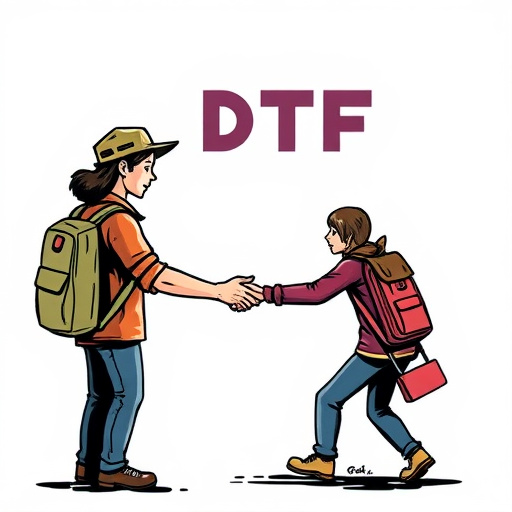
Choosing the right Direct-to-Film (DTF) service provider is paramount. Look for companies with a proven track record and expertise in the industry, ensuring they offer high-quality transfers without hidden fees. Reputable providers should provide transparent pricing structures, clearly outlining their processes and any additional services they offer, like restoration or color grading.
Verify their capabilities align with your specific needs, whether it’s transferring old home movies, vintage videos, or modern digital footage. Online reviews and client testimonials can give valuable insights into a provider’s reliability and the quality of their DTF services. Select a company that prioritizes customer satisfaction and delivers on its promises.
Common Myths and Misconceptions About DTF Transfers

Many misconceptions surround Direct-to-film (DTF) transfers, often shrouded by myths that can deter individuals and businesses from exploring this cost-effective method. One common belief is that DTF transfers are only suitable for low-quality or outdated films, but this couldn’t be further from the truth. DTF technology has evolved significantly, allowing for crystal clear reproduction of even the most delicate details found in vintage films. It is a misconception that these transfers require extensive preparation and additional charges; on the contrary, DTF offers a straightforward process without hidden costs. Many think it is a complex or time-consuming endeavor, but modern equipment and techniques have streamlined the process, making it efficient and quick, ideal for those looking to preserve their cinematic legacy with minimal fuss.




